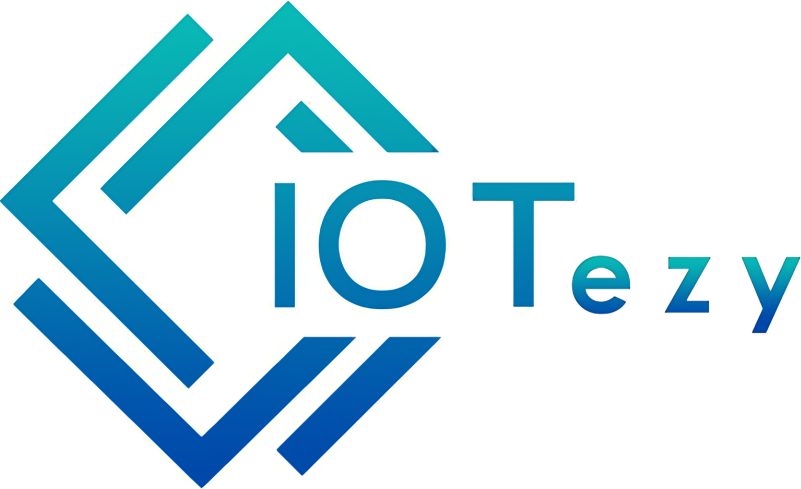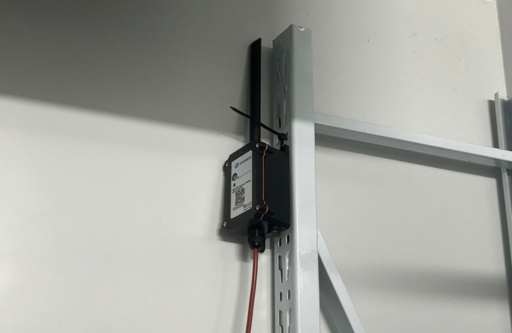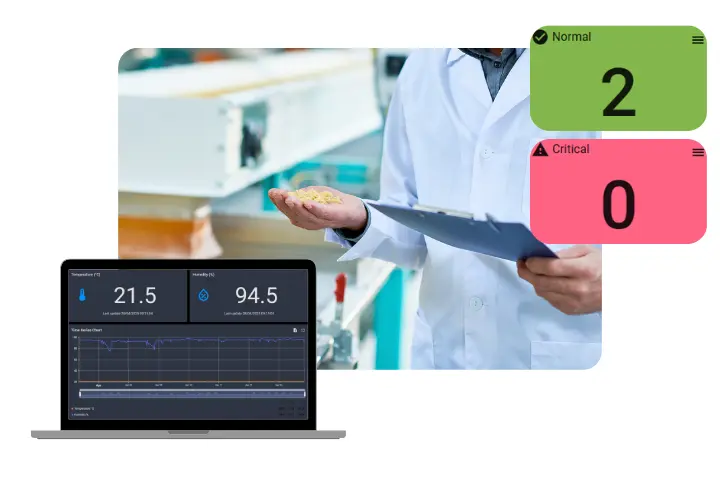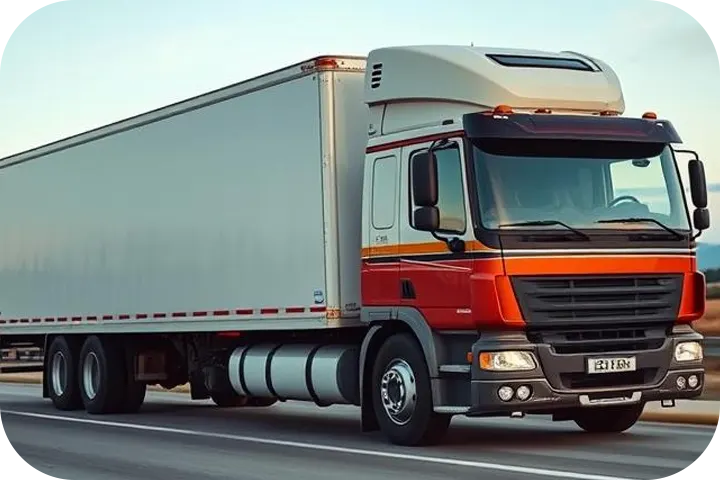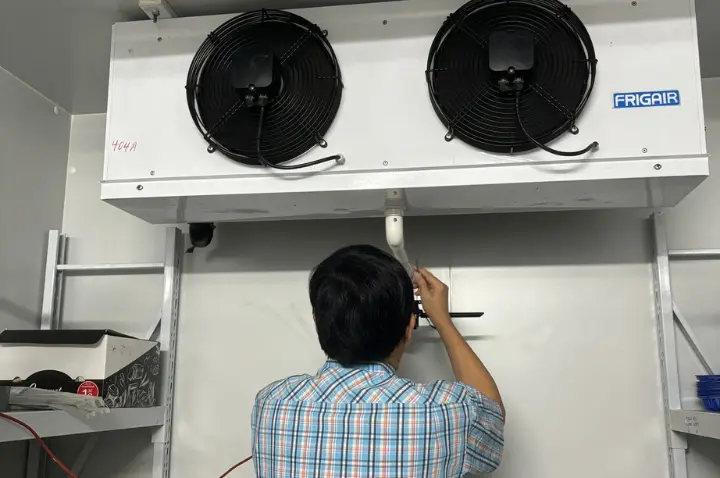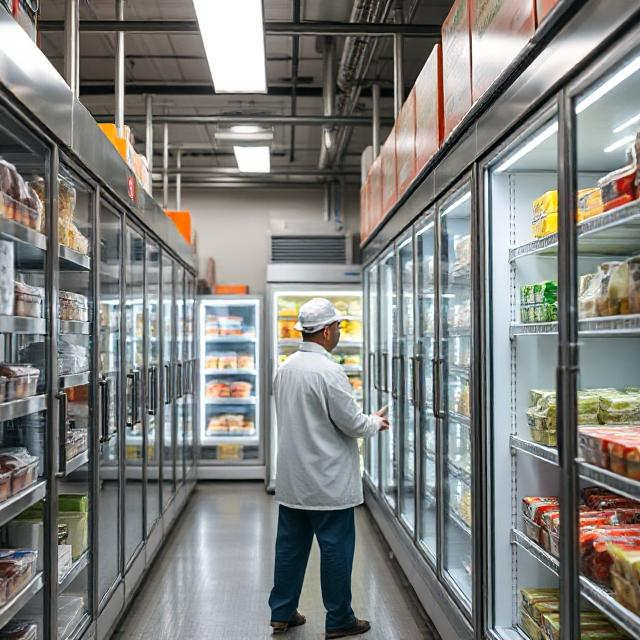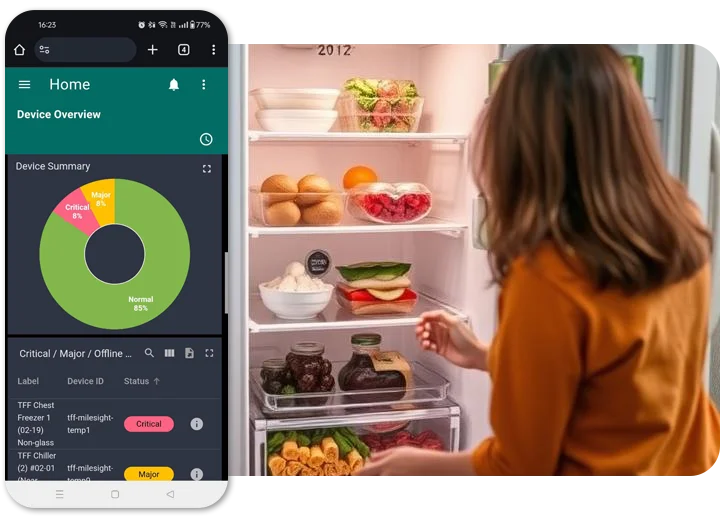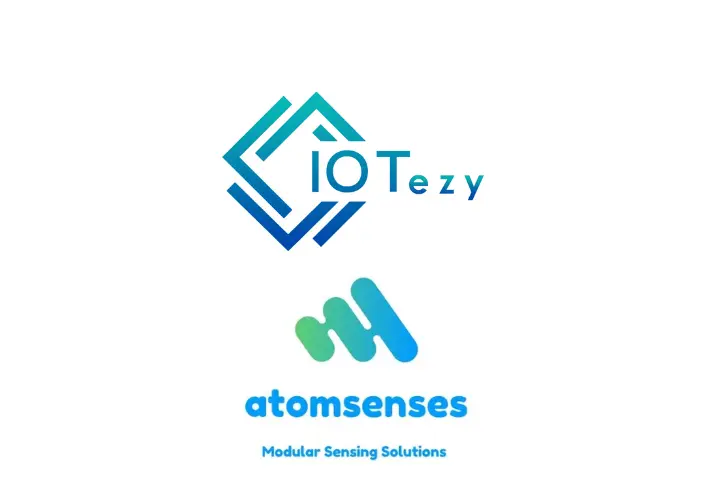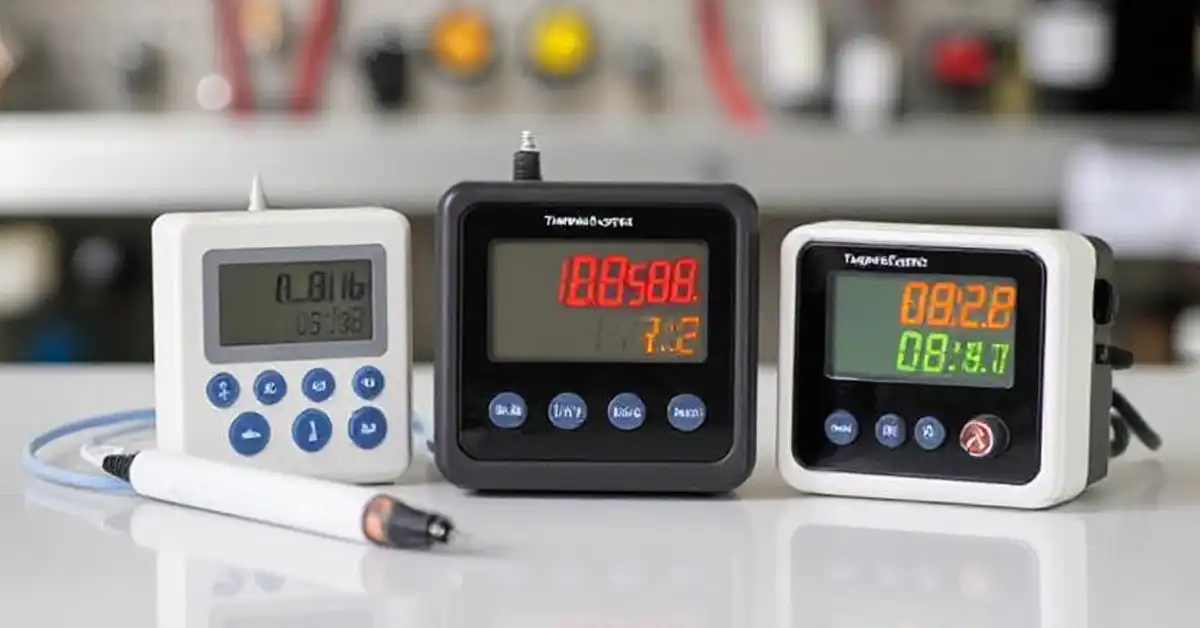How To Choose The Right Temperature Data Logger For Your Industry
Choosing the right temperature data logger isn’t just about picking a device it’s about ensuring accuracy, compliance, and reliability in your operations. Whether you’re in food storage, pharmaceuticals, cold chain logistics, or manufacturing, the wrong choice can lead to spoiled goods, failed audits, or even safety risks.
In this guide, we’ll walk you through the key factors to consider when selecting a temperature data logger tailored to your industry’s needs.
1. Know Your Industry
Different industries have different temperature monitoring standards:
- Pharmaceuticals: Requires high accuracy and compliance with standards like WHO, GDP or 21 CFR Part 11.
- Food & Beverage: Must comply with HACCP and cold chain requirements.
- Industrial/Manufacturing: Needs durability, wide temperature range, and possibly integration with SCADA systems.
- Healthcare: Sensitive environments demand real-time alerts and consistent monitoring in vaccine storage or lab fridges.
✔️ Tip: Check industry-specific certifications or compliance needs before you start comparing models.
2. Choose the Right Temperature Range
Not all temperature data loggers measure the same range. Some are designed for ultra-cold environments (like -80°C freezers), while others are suitable for ambient or high-temperature industrial settings.
✔️ Tip: Always select a device with a range that comfortably covers your operational temperatures, not just the minimum.
3. Decide Between Single-Use or Multi-Use
Single-use loggers: Ideal for one-time shipments (e.g. vaccines in cold chain transport).
Multi-use loggers: Better for long-term installations like storage rooms or equipment monitoring.
✔️ Tip: Multi-use models are more cost-effective for ongoing monitoring, despite higher upfront costs.
4. Consider Connectivity and Data Access
Modern data loggers offer various connectivity options:
- USB: Basic, but requires manual download
- Bluetooth: Wireless data transfer via mobile apps
- Wi-Fi / 4G / IoT: Real-time data access, cloud storage, remote alerts
✔️ Tip: If real-time monitoring or remote access is critical, invest in a logger with wireless or cloud integration.
5. Battery Life and Storage Capacity Matter
If you’re monitoring for weeks or months, make sure your data logger has long battery life and enough memory to store readings without interruption.
✔️ Tip: Look for models with user-replaceable batteries and logging intervals you can customize to save power.
6. Ease of Use and Software Compatibility
Good hardware means nothing without usable software. Check for:
- Intuitive data visualization
- Compatibility with Windows/Mac
- Automated PDF or CSV reporting
- Alert configuration
✔️ Tip: Ensure the software meets your reporting needs and is user-friendly for non-technical staff.
